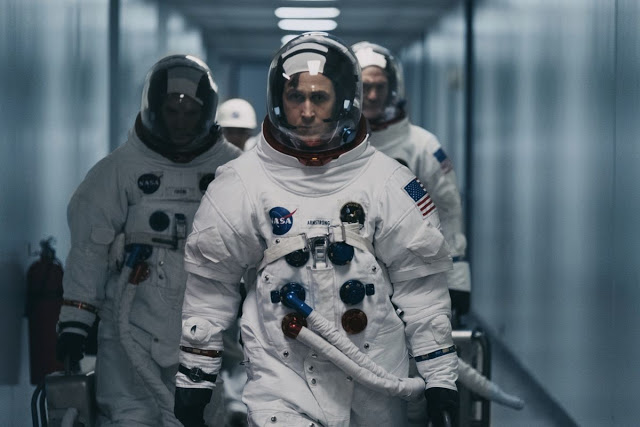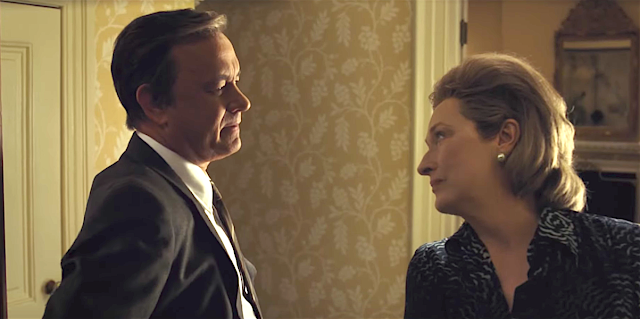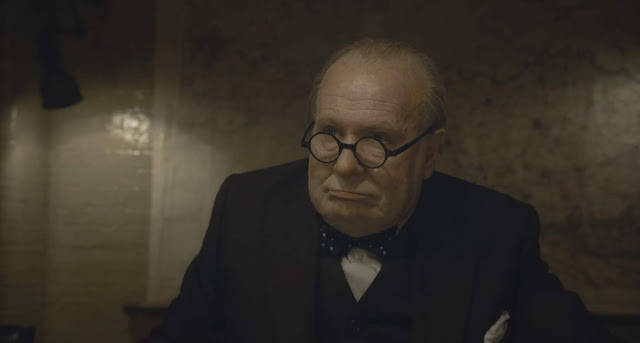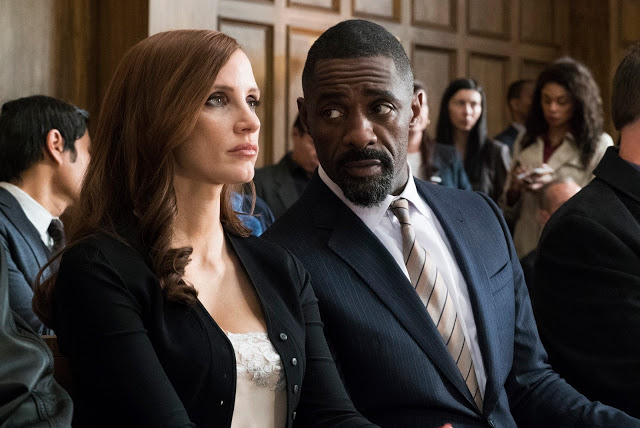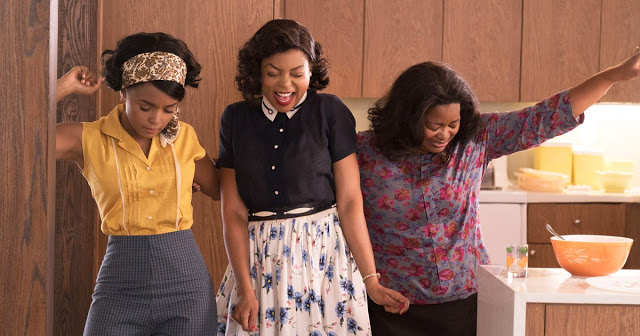First Man: Making History, One Small Step at a Time
Just how crazy did you have to be to become an astronaut? These guys clearly must have had a screw loose, because so did their spaceships. At one point in Damien Chazelle’s First Man, as intrepid explorers are piling into a bucket of bolts that’s designed to blast them into the stratosphere, the crew struggles to fasten somebody’s seat belt. The solution: “Anybody got a Swiss Army knife?” That’s right, these are multi-million-dollar missions spearheaded by the country’s greatest minds, yet somehow they’re repairing their vehicles with trinkets from your 10-year-old’s tool kit.
That scene is a blackly comic moment, but it also illuminates the forces that drive First Man’s characters, and its maker. Chazelle’s Whiplash was a bracing portrait of single-minded obsession in the pursuit of perfection; his follow-up, La La Land, was simply perfect, but it also involved artists who dreamed of glory and self-fulfillment. Yet where those movies were taut and intimate, First Man operates on a grand scale, seeking to compress nine years of scientific exploration into two-plus hours of white-knuckle adventure. It’s a monumental undertaking, and for the first time, you can see Chazelle strain, laboring to deliver the epic goods. But he remains a prodigiously gifted filmmaker, and even if First Man lacks the effortless fluidity of his prior works, it also routinely serves up sequences and images that are, literally and figuratively, out of this world. Read More

